The Colors of the Turkish Flag: Meaning and Symbolism Explained
The Turkish flag is more than just a state symbol; it is a symbol of the Turkish nation's struggle for independence and freedom. This meaningful flag, consisting of a white crescent and star on a red background, attracts attention both for its historical origins and the symbolic meanings it carries. As one of the most important national symbols of the Republic of Turkey, the Turkish flag has been a source of pride for generations, with many legends, meanings and uses from the past to the present.
History of the Turkish Flag

The history of the Turkish flag dates back much further than the Republic of Turkey, to the Ottoman Empire. The flags and banners used during the Ottoman period featured crescent and star symbols. In particular, the white crescent and star figures on a red background used in the Ottoman navy in the 18th century form the basis of today's Turkish flag.
Following the proclamation of the Tanzimat Edict in 1839, efforts to modernise the Ottoman Empire led to a standardisation process for flags. In 1844, during the reign of Mahmud II, a design closely resembling the current flag was officially adopted. This flag consisted of a white crescent and five-pointed star on a red background.
With the proclamation of the Republic of Turkey in 1923, this flag, inherited from the Ottoman Empire, was also adopted as the official flag of the Republic. The Turk Flag Law, enacted on 29 May 1936, legally guaranteed the dimensions, proportions, and details of the flag. Under this law, the positions and dimensions of the crescent and star were precisely determined.
Colours and Meanings of the Turkish Flag
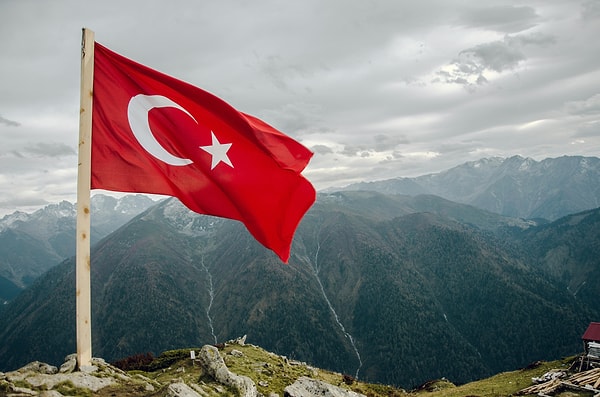
The colours of the Turkish flag are not only aesthetic but also carry historical and symbolic meanings. The red colour on the background of the flag was also used in Ottoman war flags and represents the blood shed by martyrs. This colour symbolises the Turkish nation's struggle for independence and love for their homeland.
The white crescent moon (hilal) is seen as a symbol of the Islamic world, but in Turkish culture, it has been a sacred figure since pre-Islamic times. The crescent moon also symbolises the east and the dawn of hope. The five-pointed star represents independence, unity and progress. The five points of the star are interpreted as referring to the five fundamental values of humanity (reason, faith, morality, conscience and justice).
Use of the Turkish Flag
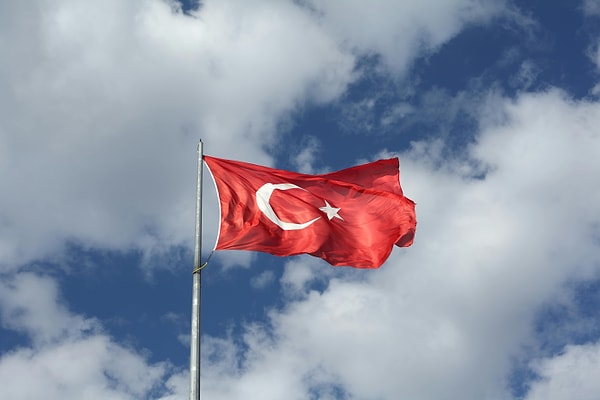
The Constitution and laws strictly regulate the use of the Turkish flag. The flag is mandatory in all public institutions, government offices, schools, and military units of the Republic of Turkey. It is also hoisted on special occasions such as national holidays, official ceremonies, and state visits.
The public widely uses the Turkish flag on special occasions as a symbol of national identity and sovereignty. It is voluntarily displayed in homes, on balconies, in vehicles, and at workplaces. However, it is prohibited to use the flag in a worn, dirty, or torn condition. Additionally, the flag may not be used as a tablecloth, clothing, or for decorative purposes. According to the Turkish Flag Law, showing respect for the flag is a legal obligation.
The Turkish flag also represents the country at diplomatic missions abroad. The flag, which flies in international organisations when Turkish athletes and artists achieve success, is a source of pride for the Turkish nation.
Legends Related to the Turkish Flag
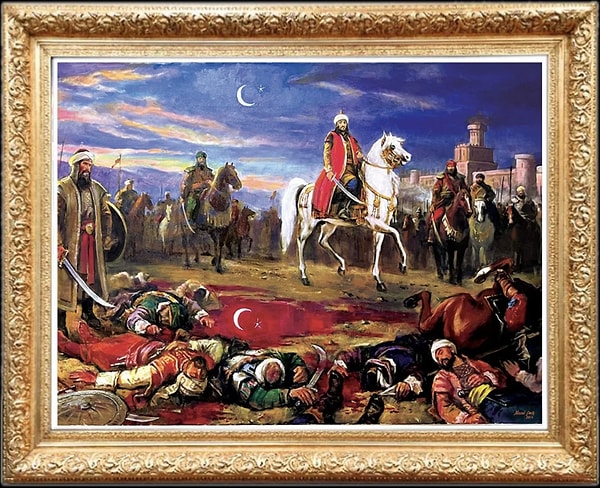
The most well-known legend about the Turkish flag concerns the meaning of the crescent and star on the red background. According to the legend, the crescent and star reflected on the blood of martyrs spilt on a battlefield at night left a lasting impression on the people's memory. After that night, the people considered this image sacred, and over time, the flag took shape with this motif.
Another legend relates the crescent moon to the ancient Turkish belief in a sky god. In pre-Islamic Turkish communities, the sky, moon, and stars were considered sacred. This belief merged with Islamic culture over time, further strengthening the symbolism of the Turkish flag.
In some accounts, the five-pointed star is said to symbolise the Turkish nation's hope rising to the sky, while the crescent moon is the protective power surrounding this hope. Such legends have transformed the Turkish flag from a mere symbol into an emotional and cultural value.
Source: Nevzat Çevik
Interesting Facts About the Turkish Flag
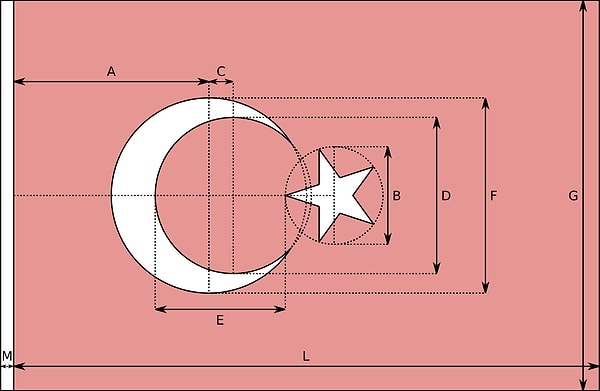
The dimensions and proportions of the Turkish flag were clearly defined by a law passed in 1936. The ratio between the width and length of the flag is 2:3. The position of the centre of the crescent and the star on the flag was determined by millimetric calculations.
The design of the flag also attracts attention internationally. With its simple yet powerful symbolism, it is one of the most recognisable flags in the world. The combination of a white crescent and star on a red background has also inspired many nations in their struggle for independence.
Frequently Asked Questions About the Turkish Flag
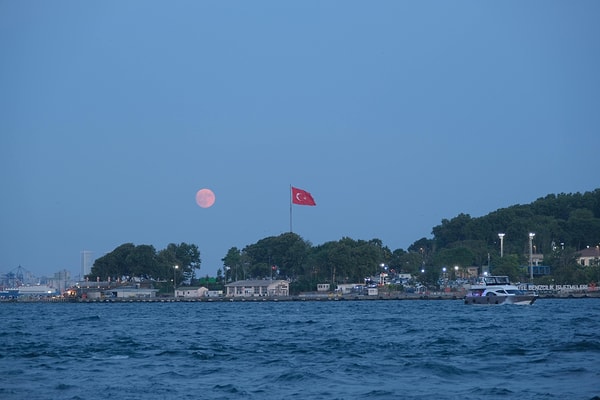
When was the Turkish flag adopted?
The Turkish flag, as the official flag of the Republic of Turkey, was established on a legal basis with the “Turkish Flag Law” numbered 2994 enacted on 29 May 1936. However, in terms of its shape, it started to be used in 1844 during the Ottoman period.
What do the crescent and star symbolise on the Turkish flag?
The crescent is an ancient symbol used by the Turkish nation throughout history and also represents Islam. The star symbolises independence, freedom and a hopeful future.
What does the red colour in the flag mean?
The colour red symbolises the blood of martyrs shed in the Turkish nation's struggle for independence. It is also a symbol of courage, determination and love of homeland.
Are the dimensions of the Turkish flag fixed?
Yes, the proportions of the Turkish flag are determined by law. The aspect ratio is 2:3. The position and dimensions of the crescent and star are also defined in the law in millimetres.
What are the rules regarding the use of the Turkish flag?
The Turkish flag cannot be used in a dirty, torn or faded state. It is forbidden to use it as a tablecloth, clothing or for decorative purposes. Any act of disrespect to the flag constitutes a crime.
Who designed the Turkish flag?
The design is not officially attributed to a specific person. However, it is known that the design, which was determined in 1844 during the Ottoman period and legalised in 1936, was prepared by the state.
Why is the star on the flag five-pointed?
The five-pointed star has become a universal symbol in the modern era. The star on the Turkish flag symbolises progress, independence and human values.
What is the legend of the Turkish flag?
According to the most well-known legend, the image of the moon and stars reflected in a puddle of martyrs' blood after the war was the inspiration for the flag. This scene has acquired a sacred meaning among the people.
Keşfet ile ziyaret ettiğin tüm kategorileri tek akışta gör!

Send Comment